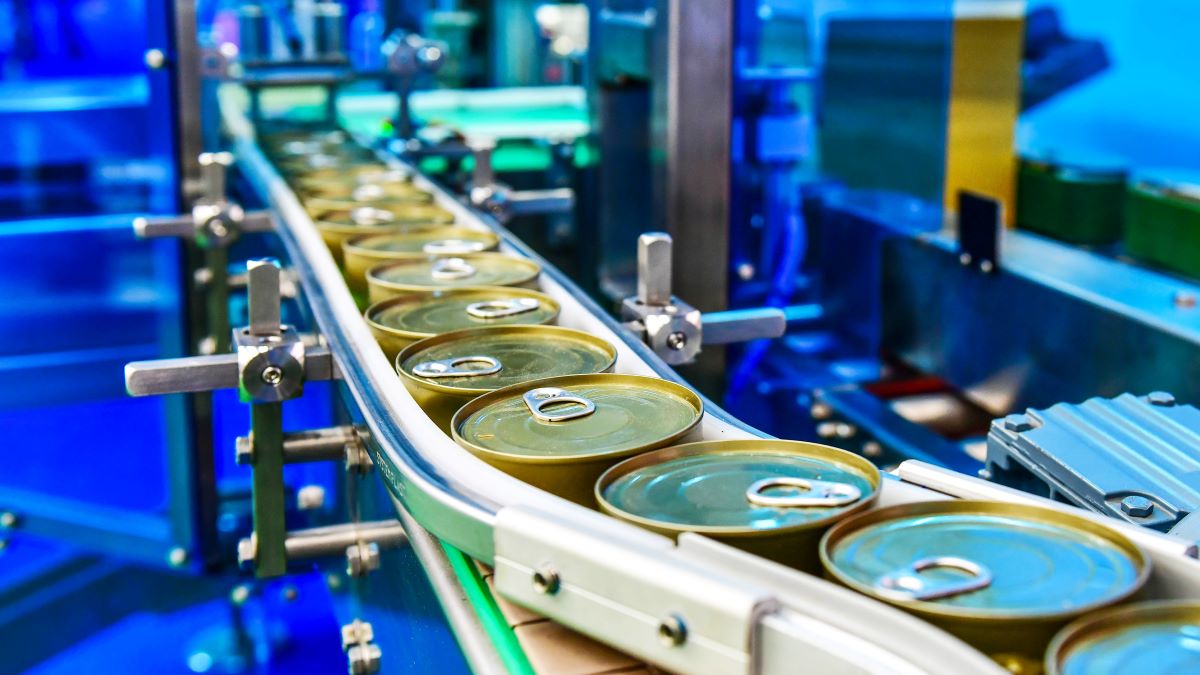Microplastics, Vol. 4, Pages 45: Nanopolystyrene (nanoPS) and Sodium Azide (NaN3) Toxicity in Danio rerio: Behavioural and Morphological Evaluation
Microplastics doi: 10.3390/microplastics4030045
Authors:
Wanda Komorowska
Łukasz Kurach
Agnieszka Dąbrowska
Nano- (NPs) and microplastics (MPs) are ubiquitous and raising concerns about their toxicity. A popular model for studying acute toxicity is Danio rerio. This study investigated the acute toxicity in FET test of polystyrene nanoparticles (500 nm, nanoPS) at different concentrations (0.01, 0.1, and 0.2 mg/mL), with different surface groups (non-modified, amine, carboxyl) and discuss the toxicological contribution of commercially added compounds. Different behavioural tests were used to investigate the neurotoxicity of nanoPS and sodium azide: coiling assay test, light–dark preference test, and colour preference test. Sodium azide and other preservatives are often present in commercially available NP and MP solutions frequently used in microplastic toxicity tests, but their effects on the results remain largely unknown. In the FET test, nanoPS did not increase mortality or affect the heart rate or body length. A higher hatching rate was observed at 48 hpf. Although nanoPS showed no acute toxicity, behavioural tests revealed subtle neurotoxic effects (changes in colour preference), suggesting a potential impact on neurological function. Additionally, sodium azide exhibited toxicity, indicating that additives may confound toxicity assessments. This highlights the need for careful consideration of preservatives in nanoparticle research to avoid misleading conclusions.
Source link
Wanda Komorowska www.mdpi.com


